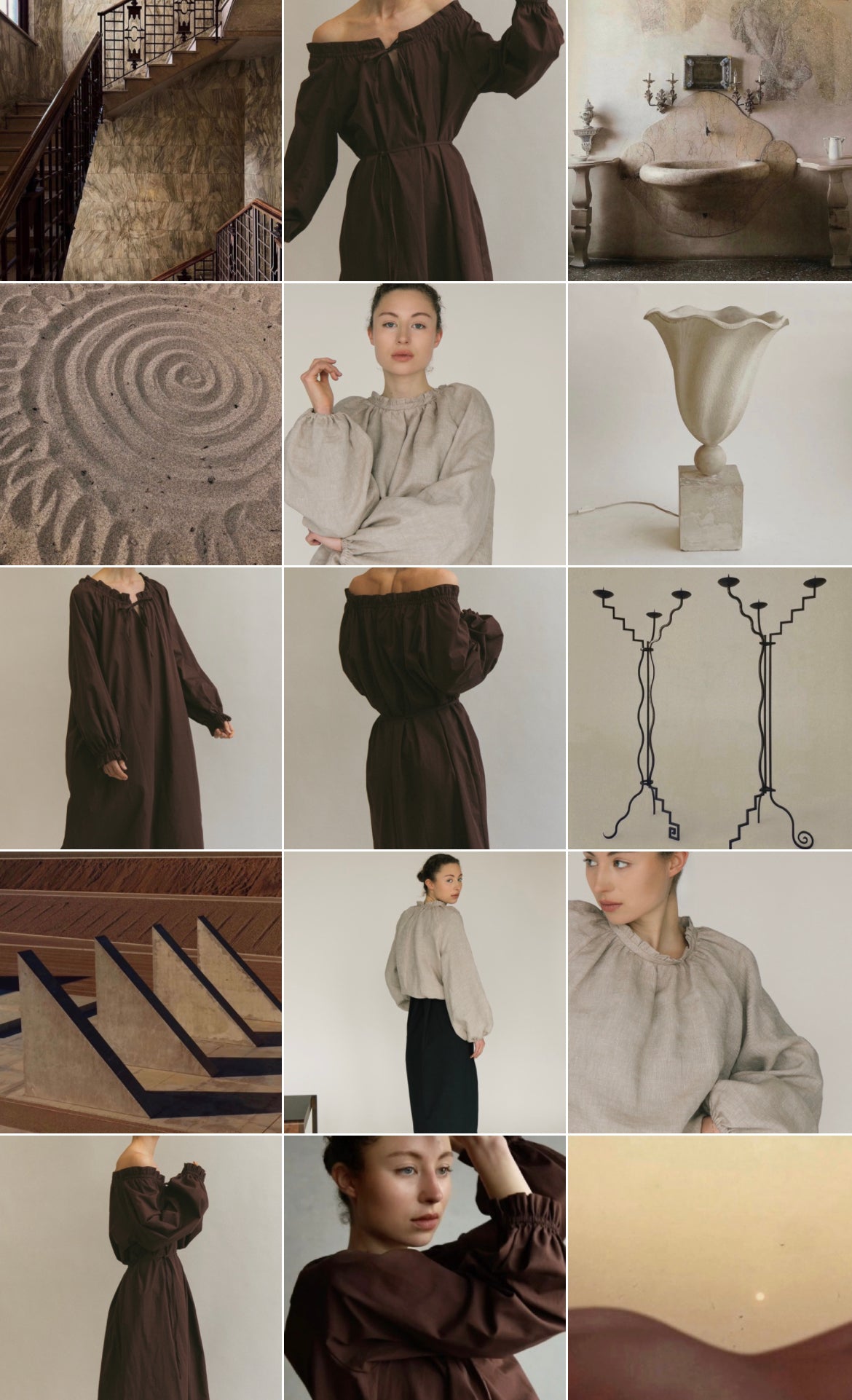
6.23
Karl Blossfeldt
Karl Blossfeldt is best known for his precise photographs of plants; however, he began his career as a sculptor, completing apprenticeships at the ironworks and foundry in Mägdesprung and the Kunstgewerbeschule (Institute of the royal arts museum) in Berlin from 1884 to 1890. From 1890 to 1896 he traveled through Italy, Greece, and North Africa, working for Moritz Meurer, who theorized that natural forms were reproduced in art. From 1898 to 1930 Blossfeldt taught at the Kunstgewerbeschule in Berlin; during this time, he amassed an archive of thousands of photographs of plants that he used as models to teach his students. - wordt by MoMa
Michel Buffet
The Pacifique Lounge Chiar was designed by Michel Buffet in 1954. It is handcrafted in rattan with beautiful woven details along the chair's armrests. The original name of the chair was 'Relaxation chair' describing how the lounge chair invites to pure relaxation when leaning back into the big embracing chair.
The Pacifique chair was manufactured, displayed and marketed in 1954 as part of a festival of French creation organized by Galeries Lafayette in Paris. The original model was deposited at SPADEM and bought by architect André Wogenscky, assistant architect at Le Corbusier, for his house of Saint Rémy Les Chevreuses in Paris area.
Scivolando Chair by Alessandro Mendini
Italian architect, painter, writer and theorist Alessandro Mendini is revered for his revolutionary approach to design as well as his ability to provide creative solutions for everyday living. Considered one of the ‘fathers’ of Italian postmodernism, Mendini has influenced young designers by constantly challenging the design status quo.
The Scivolando chair takes that notion one step further by elevating a common object to a new height, one where the spirit of the chair, the story it tells, and the lyrical quality are held above function. This design takes a common form and materials and transforms them into a valuable object by placing the chair at a slightly off-kilter angle so as to posit the object in a new light.
There are four examples of this chair: one in silver, one in red, and two in glass.
Claude Monet
Monet in his home studio painting one of his Water Lily paintings, 1920.
In 1916 Monet had a new studio built at his home in Giverny in order to work on huge canvases of his water-lily pond, each of them more than two metres high. These monumental paintings were intended to form an entire decorative scheme, and he donated 22 of them to the French state after the First World War. They are now housed in two oval rooms in the Musėe de l’Orangerie in Paris. The rest of the large-scale water-lily canvases, of which this is one, remained in Giverny until after the Second World War. - words by nationalgallery.org.uk









